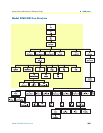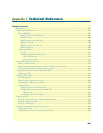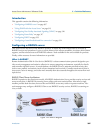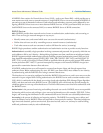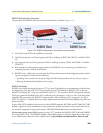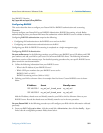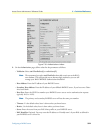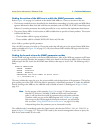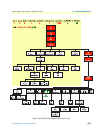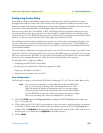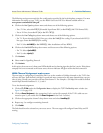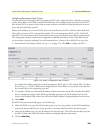
Using SNMP with the Access Server 313
Access Server Administrators’ Reference Guide C • Technical Reference
Note
Depending on how you define NAS-Identifier, Authentication Request
packets sent to the RADIUS server will contain the NAS-Identifier attribute
or the NAS-IP Address.
If you define this parameter, your RAS will insert the value into the NAS-Identifier attribute field in
Authentication Request packets sent to the RADIUS server
If you leave the field blank, your RAS will insert its IP address as the value in the NAS-IP-Address
attribute field in Authentication Request packets sent to the RADIUS server.
Note
Your RAS is now configured for RADIUS Authentication, but not yet con-
figured for RADIUS Accounting.
Using SNMP with the Access Server
SNMP is used to configure and monitor the access server. There are numerous third-party software applica-
tions available that are capable of using SNMP to control the access server.
To interact with the access server, these network management applications need:
• A community string which determines their level of access to the access server
• An object identifier which identifies the specific parameter the application wants to view or modify
SNMP has two levels of access:
• Read-only, for which the community string is the user password
• Read/write, for which the community string is the superuser password
Object identifiers (OIDs) comprise a series of integers separated by dots that identify a specific parameter (for
example, 1.3.6.1.4.1.1768.5.25).
The series of integers are built by traversing down a tree structure (see figure 128 on page 315). As a decision is
made at each branch of the tree structure, a new integer (identifying the branch chosen) is added to the object
identifier. When the last branch is selected—taking you to the desired parameter—the OID is completed.
The following sections give an example of building an OID. In the example, a customer wants to monitor the
number of active calls to find out if the access server becomes full during peak hours.
Finding the SNMP Name
The Access Server Guide gives the SNMP name for each parameter that appears on the web interface.
The total number of active calls can be found on the dial-in screen. The description for that parameter gives
the following information:
Figure 127. Parameter format



